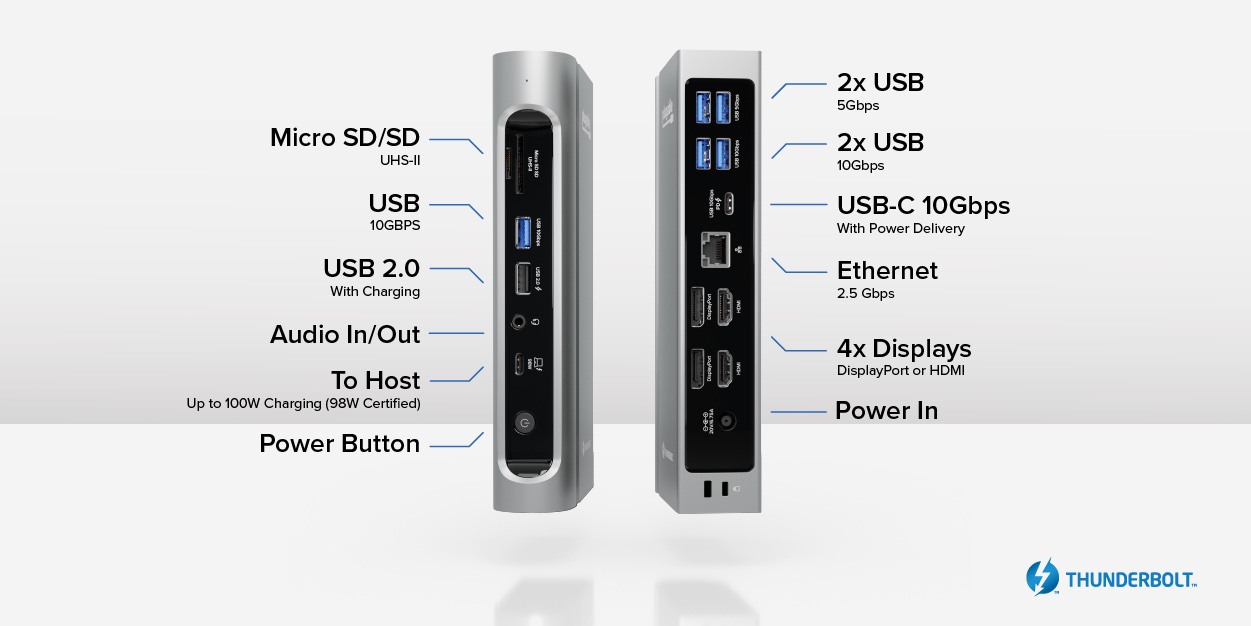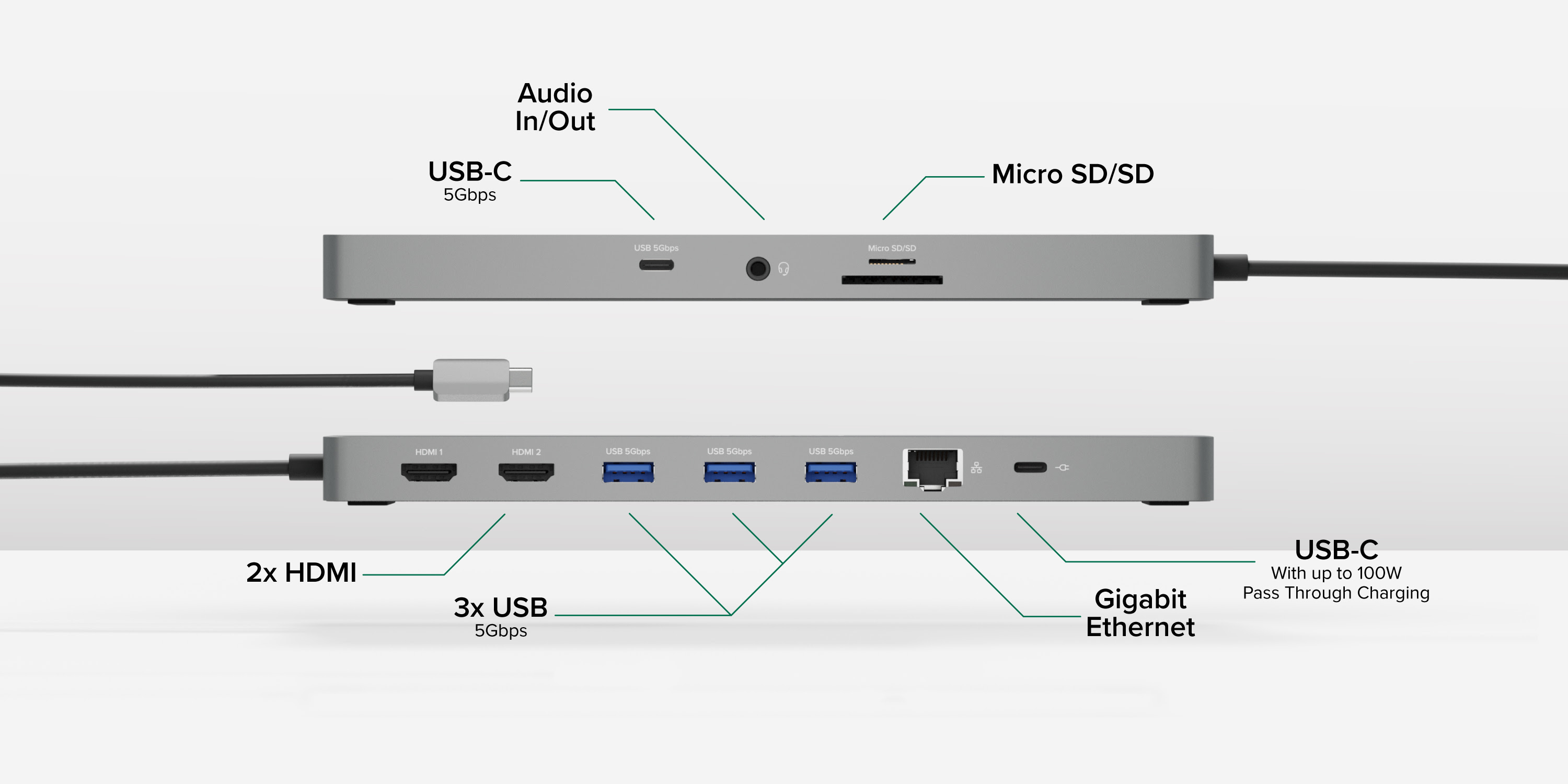I don't understand that Plugable hub you linked, because they also sell one with the same number of Thunderbolt 4 ports but which has another single USB-A port as well and costs less. See below:Docks like the one in this article are designed for people who need the dedicated so-called "legacy" ports - if you don't need legacy ports but have multiple TB/USB4 peripherals to connect, get a hub designed for that which doesn't divert bandwidth to an assortment of dedicated ports - Caldigit and OWC both offer them and here's one (Plugable) that doesn't have any of those pesky USB-A sockets that offend some people's eyes so (pity, because they're still incredibly useful).
The Plugable 5-in-1 hub I bought seems to be built around a standard Intel Goshen Ridge circuit board design, since the OWC, Club 3D, Sonnet, Anker, and other models have an identical configuration, just with different housing.I have the much simpler Plugable Thunderbolt 4 / USB4 5-in-1 hub. I'm very pleased with it to expand the number of ports on my M1 Mac mini. I run my USB-C monitor off of it.
The CalDigit Element Hub has a different configuration, but people have complained about overheating issues with that one, so I personally specifically avoided the CalDigit.
As an Amazon Associate, MacRumors earns a commission from qualifying purchases made through links in this post.





